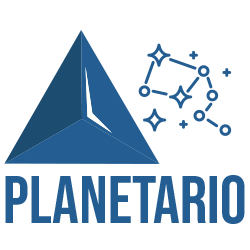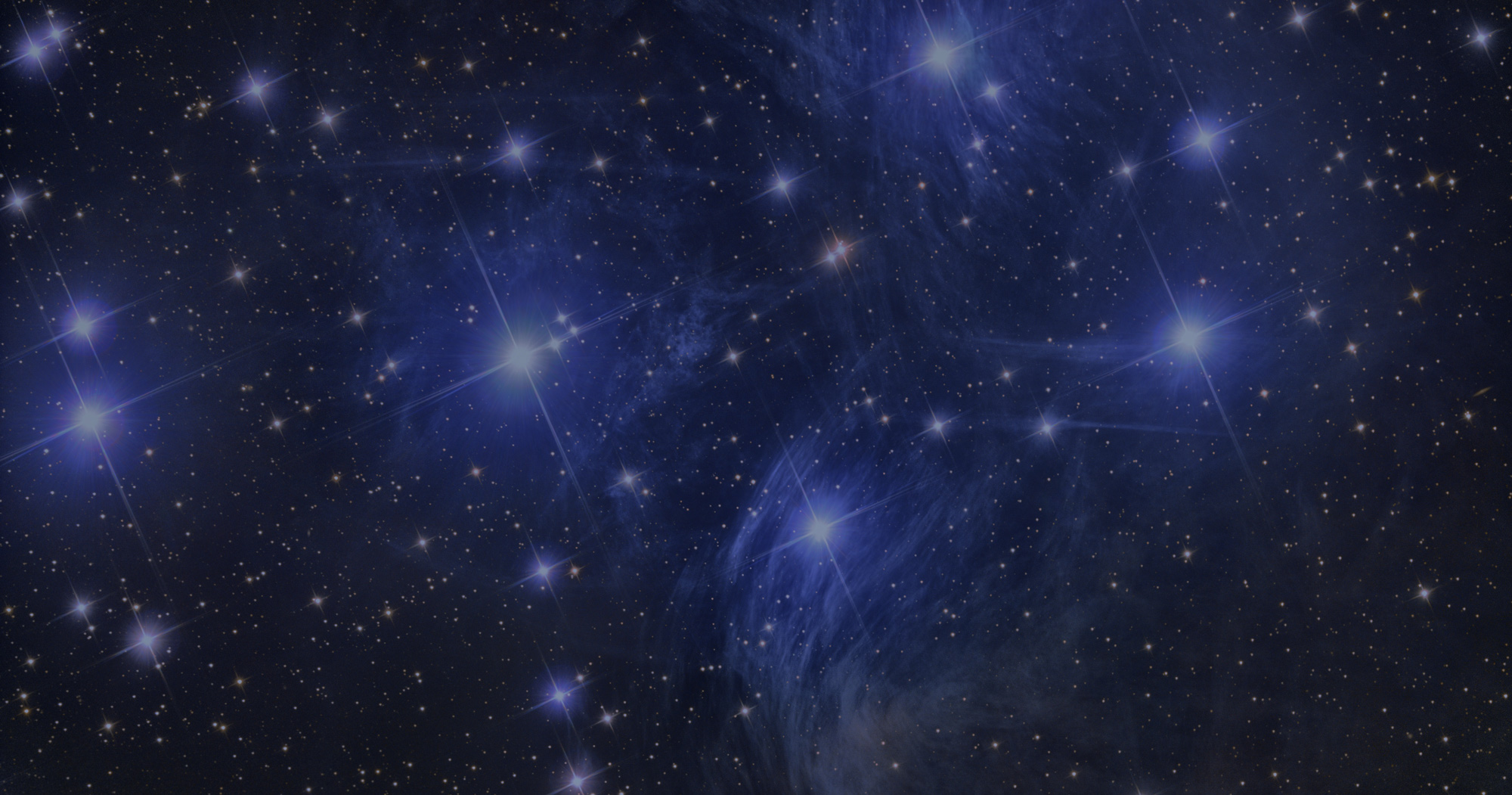OVER 10,000 VISITORS EVERY YEAR
The Planetarium is a privileged place for families, students, astronomy fans and for those who want to deepen the knowledge and understanding of celestial phenomena.

Welcome to
Planetarium
The Planetarium: a place for students, astronomy enthusiasts, and for those who want to learn and comprehend more about celestial phenomena.
The new Digistar Lite Planetarium, acquired thanks to the Fondazione Cassa di Risparmio di Firenze, makes it possible to explain astronomy in a revolutionary way. This tool is extremely versatile and enables us to move over time, select a star or a constellation, explore even very far astronomical objects.
You can travel across the space thanks to the 3D Map of the Universe just like you were on a spaceship, reaching nebulae, galaxies and planetary systems.

Planetarium presentation

LIS
Opening Hours
Tours for schools: Tuesday through Friday 9:30 a.m. to 2:30 p.m., reservation required
Visits for individuals: Sunday afternoons, reservation recommended.
Do you have any particular curiosity?
Contact the astronomer!
For reservations:
Tel: +39 055 2343723
Active Tuesday through Friday from 9 a.m. to 4 p.m,
Saturday and Sunday from 10 a.m. to 4 p.m.
Closed Mondays.



